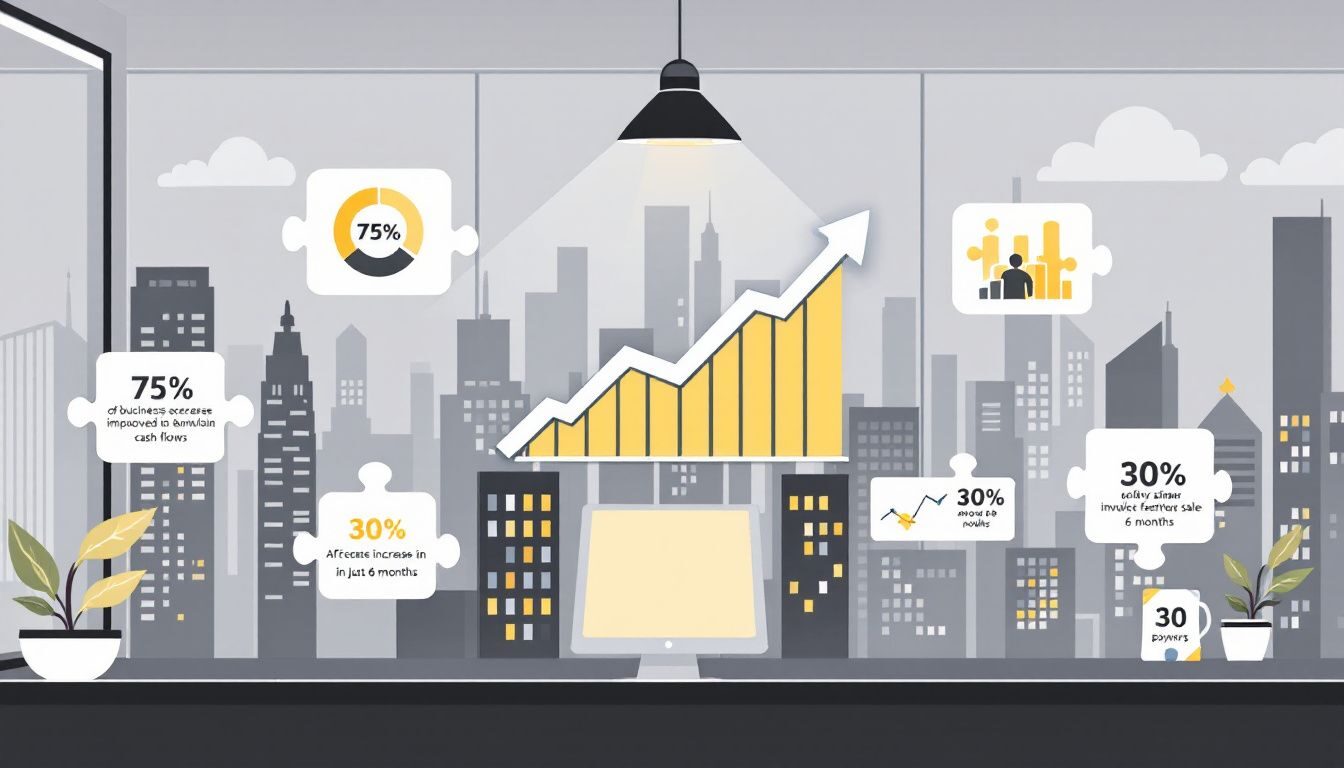When it comes to building a robust investment strategy, diversity is key. While stocks, bonds, and real estate often take center stage, commodities are an asset class that should not be overlooked. Incorporating commodities in your portfolio can provide unique benefits that contribute to a more balanced and resilient investment approach.
Understanding Commodities and Their Appeal
Commodities are physical goods like gold, silver, oil, natural gas, and agricultural products such as wheat and coffee. These assets are essential to the global economy, serving as the raw materials for many industries. The value of commodities in your portfolio lies in their ability to act as a hedge against inflation and currency fluctuations. When the cost of living increases, commodity prices often rise as well, offering protection against the eroding value of money.
Moreover, commodities tend to have a low correlation with other asset classes like stocks and bonds. This means that when the stock market experiences turbulence, the prices of commodities may not necessarily follow the same trend. This characteristic makes them an attractive addition for those looking to achieve portfolio diversification.
The Strategic Role of Commodities in an Investment Portfolio
The role of commodities in an investment portfolio is multifaceted. One of the primary benefits they offer is risk management. By spreading investments across different asset classes, you reduce the likelihood of significant losses. Commodities are particularly effective in this regard because they often move in the opposite direction of traditional assets during economic downturns.
For example, during periods of high inflation, commodities like gold and oil tend to increase in value. This is why many investors view gold as a “safe haven” asset. By including such commodities in your portfolio, you can mitigate the impact of market volatility on your overall investment strategy.
Another crucial role of commodities is enhancing potential returns. While they are often considered a defensive asset, commodities can also deliver substantial profits during boom cycles. For instance, when global demand for oil spikes, those invested in energy commodities may see significant gains. Including these assets as part of your investment portfolio allows you to capitalize on market opportunities that are not available in more conventional asset classes.
Asset Allocation and Commodities
Effective asset allocation is about finding the right balance between risk and reward. The inclusion of commodities plays a vital role in achieving this balance. Generally, financial advisors recommend that commodities should make up a small but strategic portion of your investment portfolio—typically between 5% and 10%.
This allocation depends on several factors, including your risk tolerance, investment goals, and time horizon. For a conservative investor, a small allocation to commodities might be sufficient to provide stability. On the other hand, a more aggressive investor might allocate a larger portion to commodities, seeking to leverage their potential for high returns during favorable market conditions.
Portfolio Diversification Tips: How to Get Started
Adding commodities in your portfolio can seem daunting, especially for those new to this asset class. However, the process can be straightforward with the right approach. Here are a few portfolio diversification tips to help you get started:
- Choose the Right Commodities: Not all commodities are created equal. Precious metals like gold and silver are popular for their stability, while energy commodities like oil and natural gas offer higher risk and reward potential. Agricultural commodities can also provide unique diversification benefits, especially in a portfolio heavy on equities.
- Use Commodity ETFs: Exchange-traded funds (ETFs) offer a convenient way to gain exposure to commodities without the complexities of trading futures or storing physical assets. ETFs track the price of a specific commodity or a basket of commodities, providing a diversified investment with lower costs.
- Consider Commodity Futures: For more experienced investors, trading commodity futures can be a way to take advantage of price movements. However, this approach requires a deep understanding of the market and carries higher risk.
- Stay Informed: The commodities market is influenced by a wide range of factors, including geopolitical events, weather patterns, and economic policies. Keeping abreast of these developments is essential for making informed decisions about your commodity investments.
Conclusion: The Value of Commodities in Portfolio Management
Incorporating commodities in your portfolio can be a powerful way to enhance diversification, manage risk, and potentially boost returns. While they may not always be the star performers, commodities play a critical role in maintaining a balanced and resilient investment portfolio.
By carefully considering your asset allocation and selecting the right mix of commodities, you can create a more robust investment strategy that stands the test of time. Whether you’re looking to hedge against inflation, capitalize on market trends, or simply diversify your holdings, commodities offer unique advantages that should not be overlooked.

